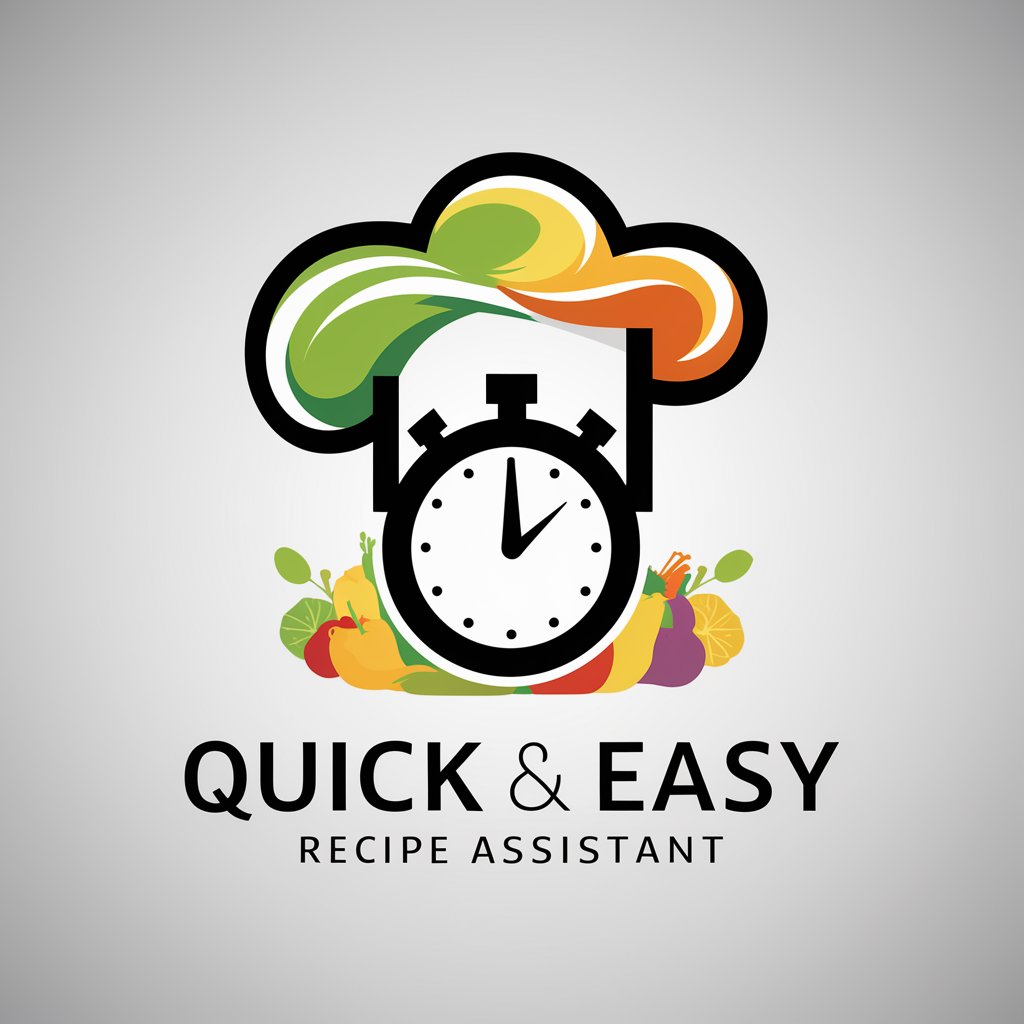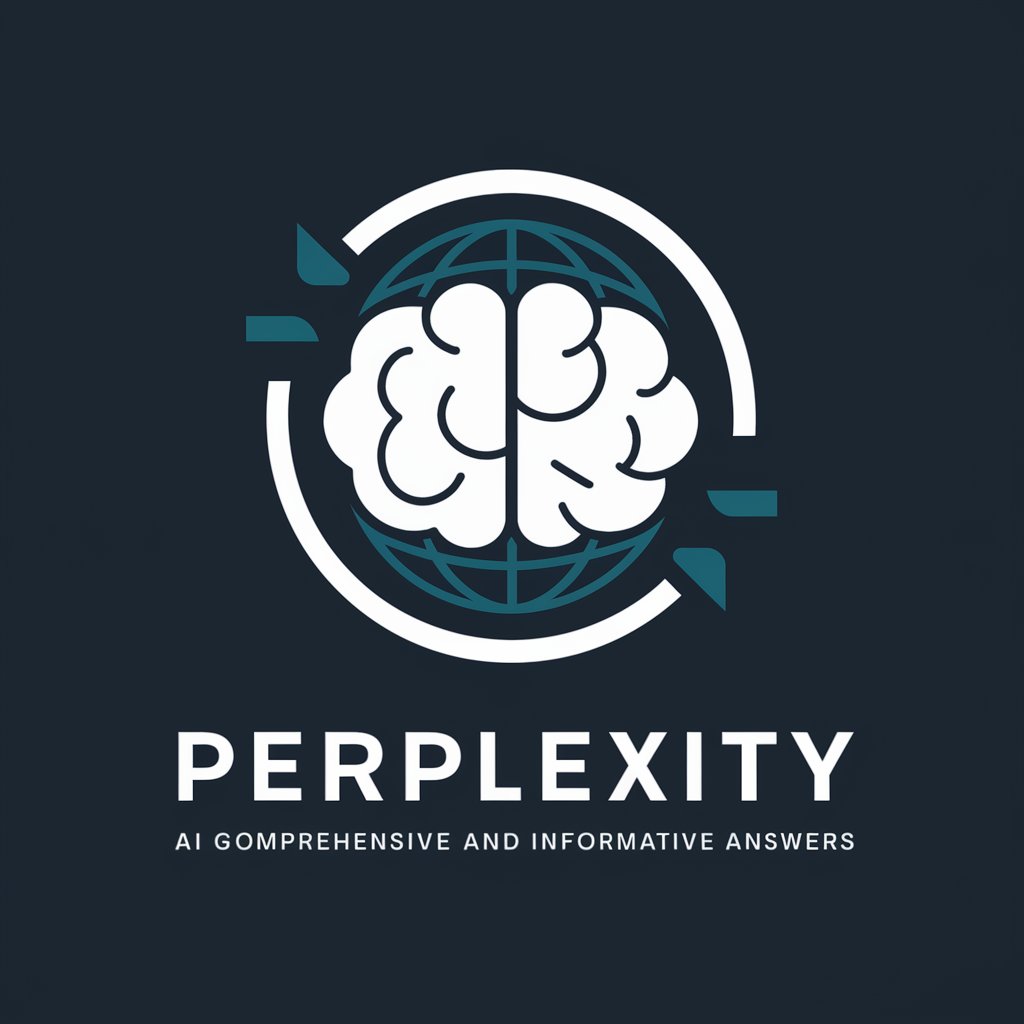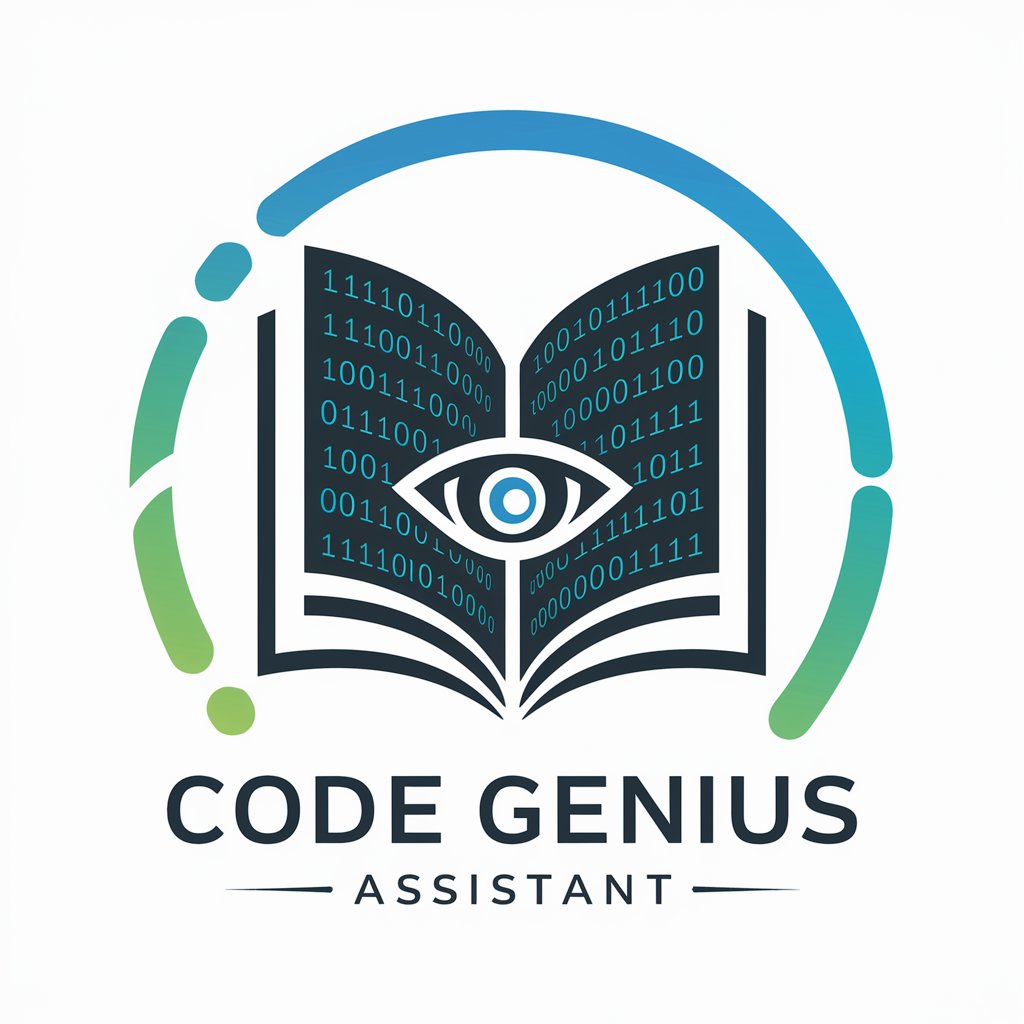
Nutrition Label Analyst 🍎🔍 - Food Label Insight

Hi! I'm the Nutrition Label Analyst. Please upload images of your food product.
Deciphering Nutrition Labels with AI
Upload images of your food product for analysis
Tell me about this ingredient
Is this substance harmful?
Show me the nutritional information of this product.
Get Embed Code
Introduction to Nutrition Label Analyst 🍎🔍
Nutrition Label Analyst 🍎🔍 is designed as a specialized tool aimed at demystifying the complex information often found on food labels. The core purpose of this tool is to assist users in making informed dietary choices by providing a comprehensive analysis of food product labels. This entails breaking down nutritional information, interpreting ingredient lists, and highlighting potential allergens or harmful substances. For instance, when presented with a packaged food item, Nutrition Label Analyst can detail the significance of terms like 'trans fats', 'sodium levels', and 'added sugars', explaining their health implications. It also evaluates ingredient lists to flag ingredients that might be of concern due to health risks, allergies, or dietary restrictions. Powered by ChatGPT-4o。

Main Functions of Nutrition Label Analyst 🍎🔍
Nutritional Information Breakdown
Example
When analyzing a label from a cereal box, the tool can explain the relevance of dietary fiber content, distinguishing between soluble and insoluble fibers and their roles in digestion.
Scenario
A user trying to increase fiber intake for digestive health benefits might use this function to find suitable cereal options.
Ingredient Analysis
Example
For a product containing 'monosodium glutamate (MSG)', Nutrition Label Analyst can provide insights into why MSG might be a concern for some individuals, based on scientific research.
Scenario
This is particularly useful for consumers with sensitivity to MSG, enabling them to make informed decisions about avoiding such products.
Identification of Allergens and Harmful Substances
Example
In a nut-based snack's label, the tool can highlight 'tree nuts' as a potential allergen, informing users of the risk of allergic reactions.
Scenario
This function benefits individuals with specific food allergies, helping them to avoid products that could trigger an allergic reaction.
Ideal Users of Nutrition Label Analyst 🍎🔍 Services
Health-Conscious Consumers
Individuals focused on maintaining or improving their health through diet, interested in understanding nutritional content and ingredient quality in their food choices.
Individuals with Dietary Restrictions
People with specific dietary needs due to health conditions, allergies, or ethical beliefs, such as gluten-free, lactose-intolerant, vegetarian, or vegan individuals, who need to scrutinize food labels to avoid certain ingredients.
Parents and Caregivers
Responsible for making food choices for others, particularly children, parents and caregivers benefit from understanding food labels to ensure nutritious and safe options for their dependents.

How to Use Nutrition Label Analyst 🍎🔍
1
Start your journey at yeschat.ai for a comprehensive exploration without the need for registration or ChatGPT Plus subscription.
2
Capture clear images of all sides of the food product you wish to analyze, ensuring all text is legible.
3
Upload the images directly into the chat interface. If unsure about the image quality, provide multiple angles to ensure accuracy.
4
Specify your concerns or questions regarding the product's nutritional information, ingredients, or any specific details you are curious about.
5
Receive a detailed analysis of the nutrition label, ingredient list, and expert insights on any potential health implications.
Try other advanced and practical GPTs
Resumidor Voluntarioso
AI-powered concise content summarization.

DAO Guidebot
Empowering DAOs with AI-driven insights.

OptimismAI
Empower your journey with AI

轻松阅读(Light reading)
Simplify reading with AI-powered insights

유튜브 쇼츠 대본 만들기
Craft Engaging Shorts with AI

Cooking Recipes 123
AI-Powered Culinary Companion

dubGPT by Rask AI
Bridging languages, connecting worlds.

Perplexity
Real-time AI-powered Search Revolution

Ultimate Content Repurposer
Revolutionizing Content Repurposing with AI

Code Genius Assistant
Empower Your Code with AI

911proxy
Empowering secure, anonymous browsing with AI.

Domännamnsgenerator
AI-driven Creativity for Domain Names

FAQs on Nutrition Label Analyst 🍎🔍
What kind of information can Nutrition Label Analyst provide?
It offers insights into nutritional values, ingredient analysis, identifies potential allergens, and provides health-related advice on the product in question.
Can it identify harmful substances in food products?
Yes, it can highlight ingredients that may be considered harmful or controversial, such as artificial additives, high levels of sugars, or trans fats.
Is it capable of advising on dietary restrictions?
Absolutely, by analyzing the ingredient list, it can suggest whether a product is suitable for specific dietary needs like vegan, gluten-free, or keto diets.
How does it help with grocery shopping?
It assists in making informed choices by offering detailed information on the nutritional content and health implications of food products, helping users to select healthier options.
Does it provide scientific references for its analyses?
Yes, when necessary, it can provide links to scientific articles or research papers to back up its advice and analyses, ensuring credibility and trustworthiness.